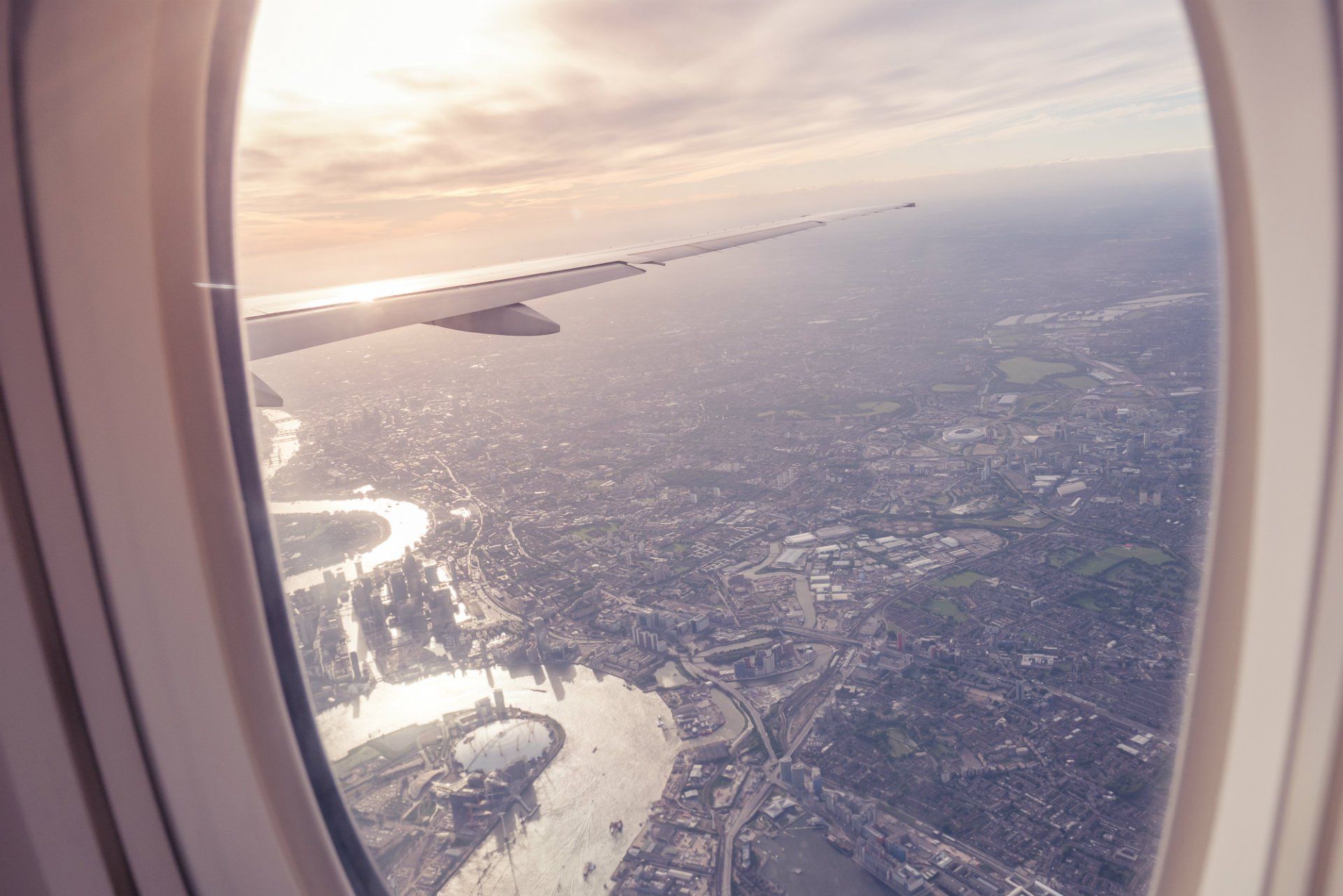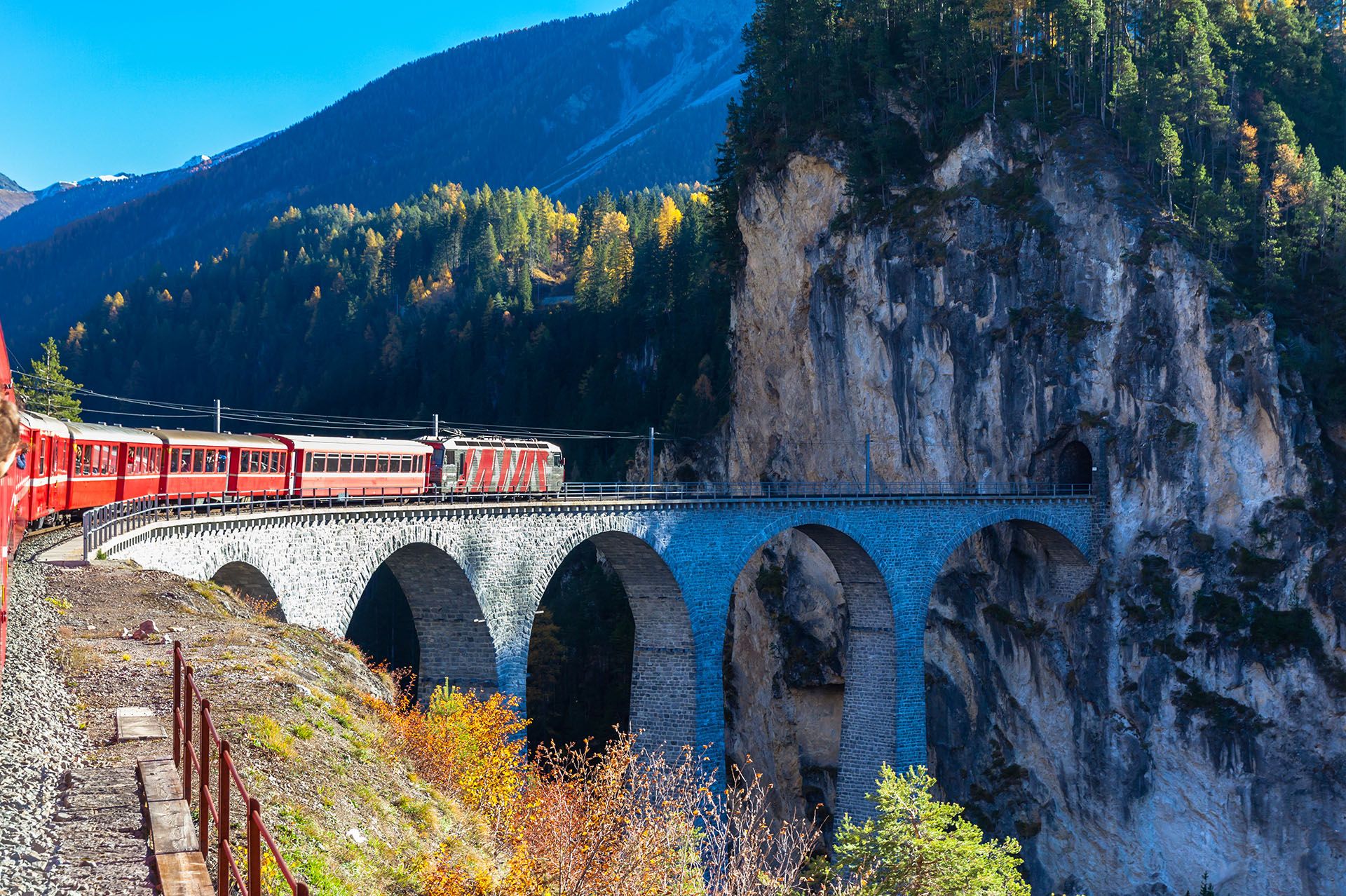How to get to Switzerland from the UK?
You can catch flights to Switzerland from the UK at most major airports in the UK, with more direct flights landing in Zurich (ZRH), Geneva (GVA), or Basel (BSL). Airlines offering direct flights include British Airways, easyJet, and Swiss International Air Lines.
- The flight duration is approximately 1.5 to 2 hours.
- The cost of a round-trip ticket ranges from £50 to £150, depending on the season.
Driving to Switzerland from the UK
To drive to Switzerland from the UK, you have two primary options: taking the Eurotunnel or a ferry to Calais, France, and continuing your road trip from there.
The drive from Calais to Zurich takes approximately 8 to 10 hours, covering around 800 kilometers (500 miles).
Eurotunnel
The Eurotunnel is quick and efficient way to cross the English Channel in a car, with the journey from Folkestone to Calais taking approximately 35 minutes. You drive your car onto the train, and upon arrival in Calais, you can continue your journey towards Switzerland. The cost ranges from £75 to £150 one way for a car and passengers.
Ferry
Several ferry operators, such as P&O Ferries and DFDS, provide services from Dover to Calais. The ferry journey takes about 90 minutes and the costs ranges from £45 to £90 one way for a car and passengers.
Travel to Switzerland from the UK by train
Traveling by train from the UK to Switzerland involves taking the Eurostar from London to Paris, followed by a high-speed train (TGV Lyria) from Paris to Zurich, Geneva, or Basel.
The total journey time is approximately 6 to 8 hours, including transfer time in Paris. Booking in advance can secure lower fares, typically ranging from £100 to £200 for a one-way ticket. This option is relatively hassle-free and the views from the train are lovely.
Rough Guides tip: To increase your chances of a great holiday, read how many days you need to spend in Switzerland.





